ART-TRIBUTE:Carte blanche to Anne Imhof
 With this new edition of the Carte Blanche series, the Palais de Tokyo aims to present the full scope and complexity of Anne Imhof’s artistic practice. This major exhibition, the artist’s largest project to date, that brings together painting, drawing and sculpture (aspects of her practice that are relatively unknown in France) as well as a new performance work based on her research into the staging of bodies and sound composition.
With this new edition of the Carte Blanche series, the Palais de Tokyo aims to present the full scope and complexity of Anne Imhof’s artistic practice. This major exhibition, the artist’s largest project to date, that brings together painting, drawing and sculpture (aspects of her practice that are relatively unknown in France) as well as a new performance work based on her research into the staging of bodies and sound composition.
By Efi Michalarou
Photo: Palais de Tokyo Archive
The titles of Anne Imhof’s works” “Rage”, “Deal”, “Angst”, “Faust”, “Sex”, appear as powerful keywords or revealing allegories of her private and intimate reactions in the face of society. Drawing inspiration from Francis Picabia’s assemblage “Natures Mortes : Portrait de Cézanne, Portrait de Renoir, portrait de Rembrandt”, Imhof’s exhibition at the Palais de Tokyo, “Natures Mortes” the phenomenon of entropy and decay that necessarily accompanies the act and the action of living. Sharing its name with a historical artistic genre, the still life, “Natures Mortes” interrogates our perception of the living and the inert in order to throw into relief the contractions that emerge between these two states of being and material. By bringing the concept of the still life into dialogue with the performative dimension of her work, Imhof provokes a manifestation of absence, the absence of that which has already or which has not yet taken place, leaving only ruins or traces. With her installation at the Palais de Tokyo, Imhof opens up new avenues for her artistic practice that enter into resonance with the history of modern and contemporary art. The various works presented throughout the exhibition, far from offering a conventional history of the still life, dialogue with one another around themes that animate Imhof’s work and beyond.
Anne Imhof has emerged over the past decade as one of the most acclaimed artists of her generation. Today based between Berlin and New York, Imhof spent her formative years in Frankfurt am Main, where she taught herself to draw and make music while working as a bouncer at a local night club. Before eventually enrolling at the city’s academy of fine arts, she staged what she later designated the first entry to her catalogue raisonné: a one-night only performance in a red light district bar. Imhof’s practice has since evolved to encompass performance and choreography, painting and drawing, music, installation and sculpture. While her work is inherently multifaceted and continues to expand into ever more media, such as, most recently, film, Imhof conceives her art-making from the vantage point of painting. Her poignant abstractions, whether composed as performance, as two-dimensional images, or in the form of sculpted and found objects, are distinguished by her mastery of perspective and framing. This approach also manifests in her treatment of bodies as gestural surfaces, the positioning and posture of her figures, as well as her distinct symbolism and use of color. Imhof is a maker of pictures, whose images, moving or stilled, point to the history of painting as much as to the fetishes of contemporary commodity culture. Imhof’s performances, correspondingly, have been described as tableaux vivants. When their liveness fades away, her pictures turn natures mortes and reveal marks of a vampiristic melancholy that accompanies the artist’s undeadening procedures of transforming life into image and vice versa. In this, she is joined by a community of friends, dancers, artists, musicians, poets, and models, who cohabitate alongside the audience within her epic durational installations and animate them through their movement, singing, and ghostly presence of studied passivity. Though following a notated score, the dark play of their ritualistic actions—frequently involving bodies walking in slow motion, spilling fluids, falling, carrying each other or hanging out—is ruled by the contingencies of collaboration and directed by the artist in real time. Imhof imbues bodies and things with excessive libidinal charge, choreographing figures and staging objects to render intimate portraits of radical dis-identification. Ephemeral, yet violent longings are distributed through avatars of the artist’s self, particularly Eliza Douglas, her artistic partner and muse. Douglas first took center stage in Imhof’s “Faust” (2017) at the German pavilion during the 57th International Art Exhibition of La Biennale di Venezia for which she was awarded the Golden Lion for Best National Participation.
Participating Artists: Anne Imhof, Alvin Baltrop, Mohamed Bourouissa, Eugène Delacroix, Trisha Donnelly, Eliza Douglas, Cyprien Gaillard, Théodore Géricault, David Hammons, Eva Hesse, Mike Kelley, Jutta Koether, Klara Lidén, Joan Mitchell, Oscar Murillo, Eadweard Muybridge, Cady Noland, Precious Okoyomon, Francis Picabia, Giovanni Battista Piranesi, Sigmar Polke, Paul B. Preciado, Bunny Rogers, Sturtevant, Yung Tatu, Paul Thek, Wolfgang Tillmans, Rosemarie Trockel, Cy Twombly, Adrián Villar Rojas.
Photo: On the left : Anne Imhof, UNTITLED (2017 Aluminium, acrylic ; 300 × 190 × 4,5 cm, Pinault Collection (Paris, Venice); Courtesy of the artist and Galerie Buchholz. On the right: Anne Imhof, UNTITLED (2017) Aluminium, acrylic ; 300 × 190 × 4,5 cm, Pinault Collection (Paris, Venice); Courtesy of the artist and Galerie Buchholz (Berlin, Cologne, New York), Photo: Aurélien Mole
Info: Curators: Emma Lavigne et Vittoria Matarrese, Music : Eliza Douglas, Sound installation : Eliza Douglas, Anne Imhof, Palais de Tokyo, 13, avenue du Président Wilson, Paris, Duration: 22/5-24/10/2021, Days & Hours: Mon & Wed-Sun 10:00-20:00, www.palaisdetokyo.com
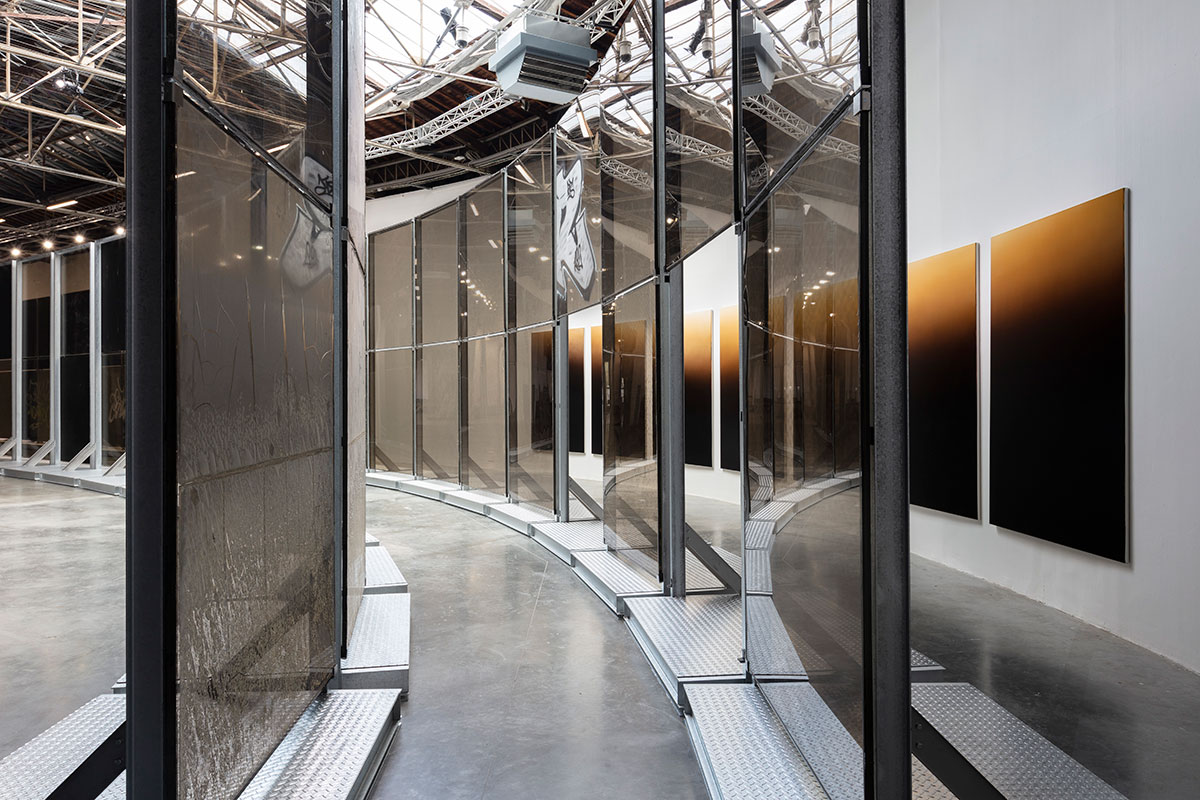
Right : Anne Imhofm, UNTITLED (NATURES MORTES) (2021), Oil on canvas ; Seven panels, 250 × 175 cm (each), Courtesy of the artist, Galerie Buchholz and Sprüth Magers
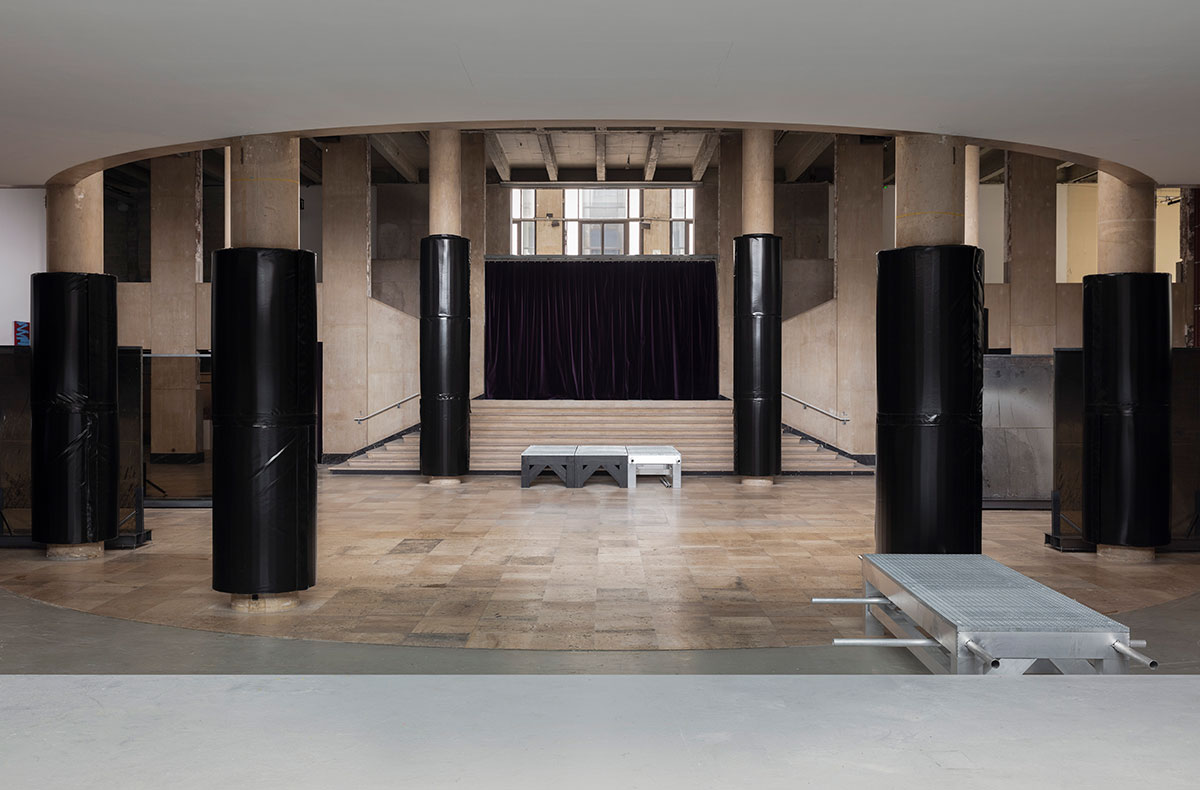
Anne Imhofm, STAGE I (2021), Wood, grating ; 63,5 × 100 × 300 cm, Courtesy of the artist, Galerie Buchholz and Sprüth Magers
Anne Imhofm, STAGE II (2021), Wood, grating ; 63,5 × 100 × 300 cm , Courtesy of the artist, Galerie Buchholz and Sprüth Magers
Anne Imhofm, STAGE III (2021), Aluminium, grating ; 63,5 × 100 × 300 cm , Courtesy of the artist, Galerie Buchholz and Sprüth Magers
Anne Imhofm, STAGE IV (2021), Aluminium, grating ; 63,5 × 100 × 300 cm, Courtesy of the artist, Galerie Buchholz and Sprüth Magers
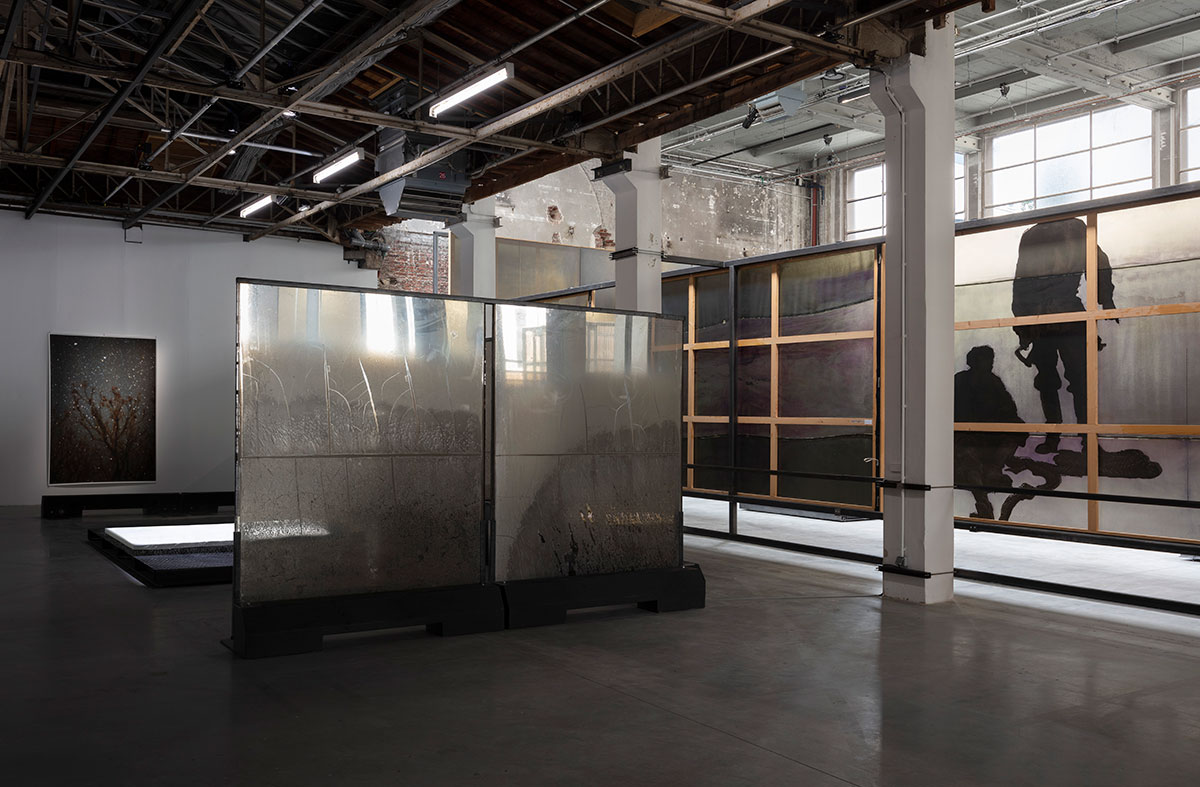
ANNE IMHOF, ROOM I (2021), Steel, glass ; 15,5 × 220 × 310 cm, Courtesy of the artist, Galerie Buchholz and Sprüth Magers
SIGMAR POLKE, AXIAL AGE (2005-2007), Nine panels, artificial resin, dry pigment on fabric (and on some panels: spray paint and acrylic) ; Neobyzanz / Neo-Byzantium (2005): 303,1 × 483,3 cm
Jugendstil (2005): 303,6 × 483,6 cm ; Ohne Titel / Axial Age (2005): 303,5 × 483,4 cm ; Deucalion’s Flood (2007): 480 × 900 cm (ensemble, 3 panneaux) ; Determination of the Position: Here It Is (2007): 303,4 × 503,7 cm ; Urlicht (2007): 303,6 × 503,6 cm ; Forward (2007): 303,4 × 503,6 cm Coll. Pinault Collection ; © The Estate of Sigmar Polke (Cologne)
Photo: Andrea Rossetti
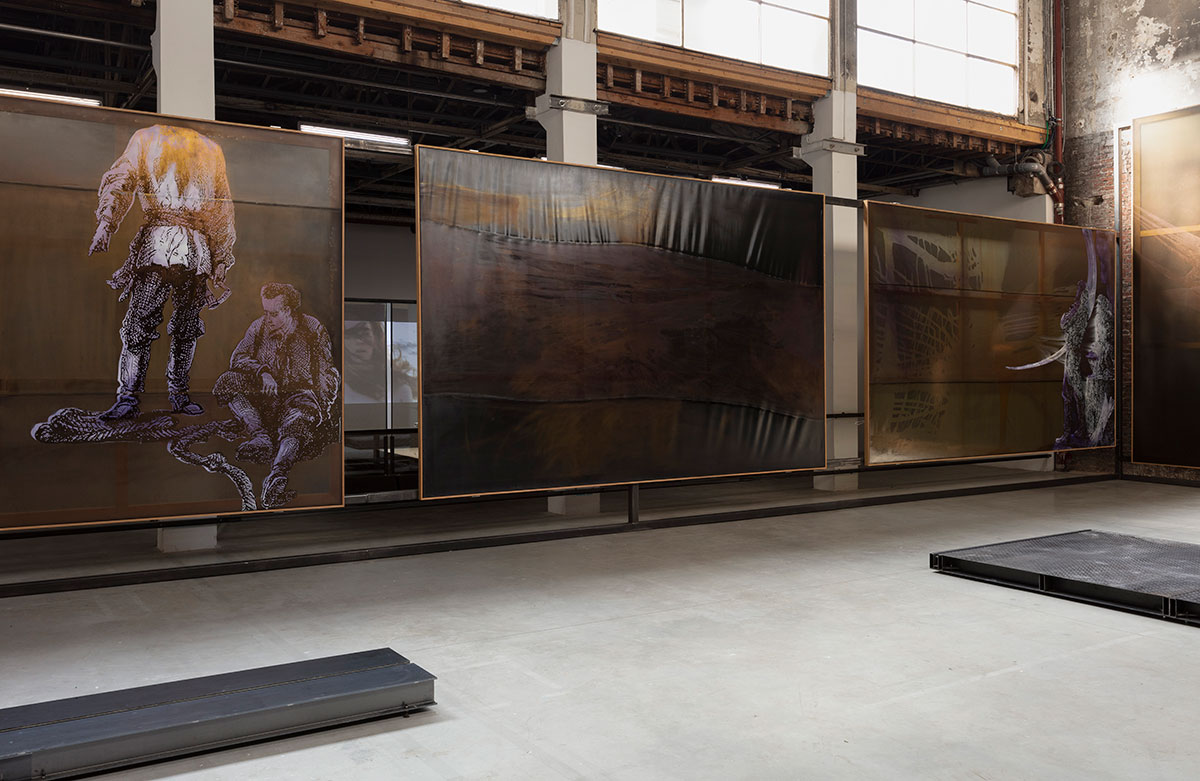
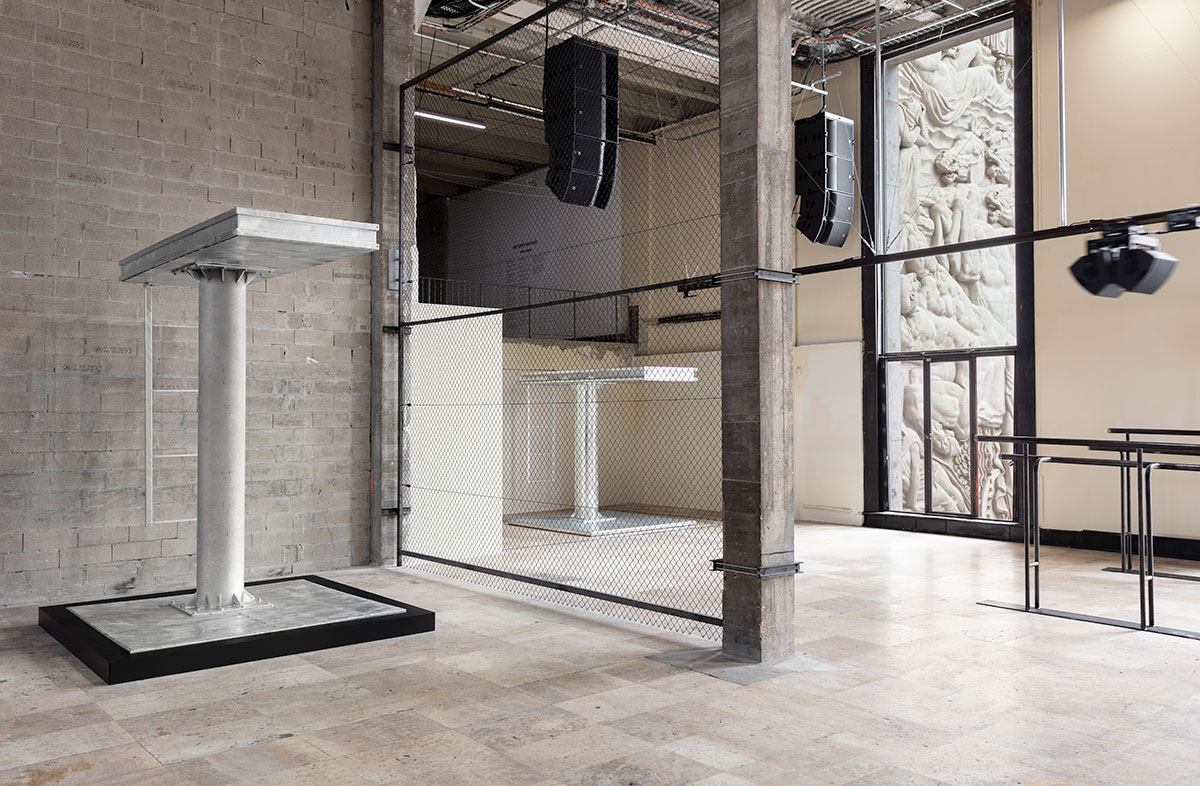
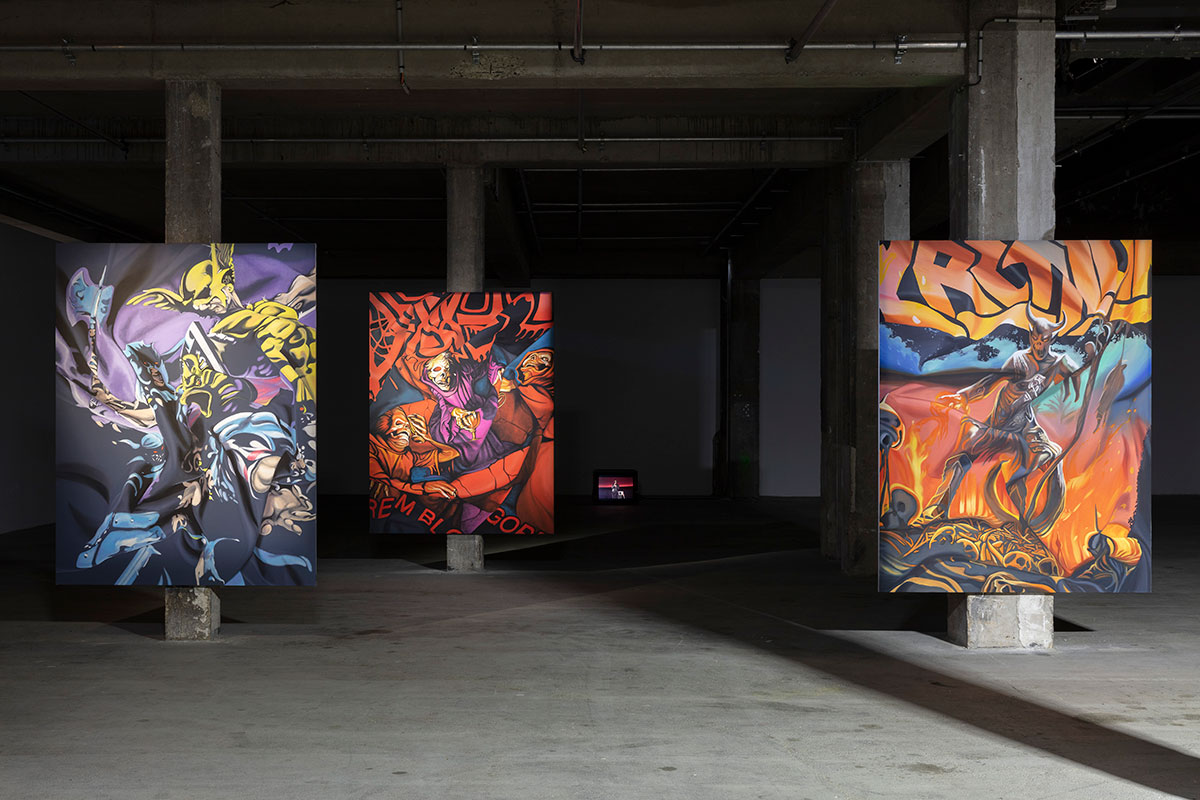
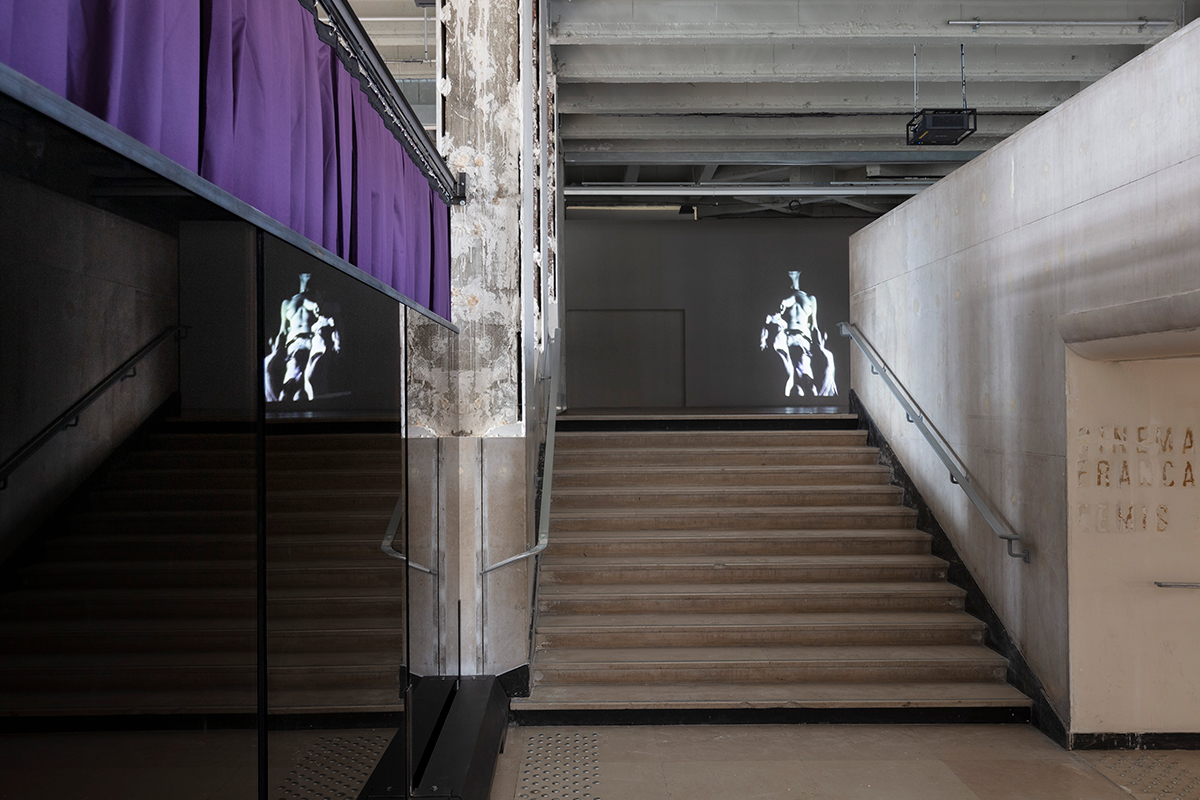
Anne Imhofm, DIVE BOARD (III) (2021), Galvanised steel , Courtesy of the artist, Galerie Buchholz and Sprüth Magers
Anne Imhofm, FALCON (2021), Steel ; 118,5 × 56 × 46 cm, Courtesy of the artist, Galerie Buchholz and Sprüth Magers
Anne Imhofm, ROOM VII (2021), Steel, glass ; 15,5 × 220 × 310 cm, Courtesy of the artist, Galerie Buchholz and Sprüth Magers, Photo: Aurélien Mole
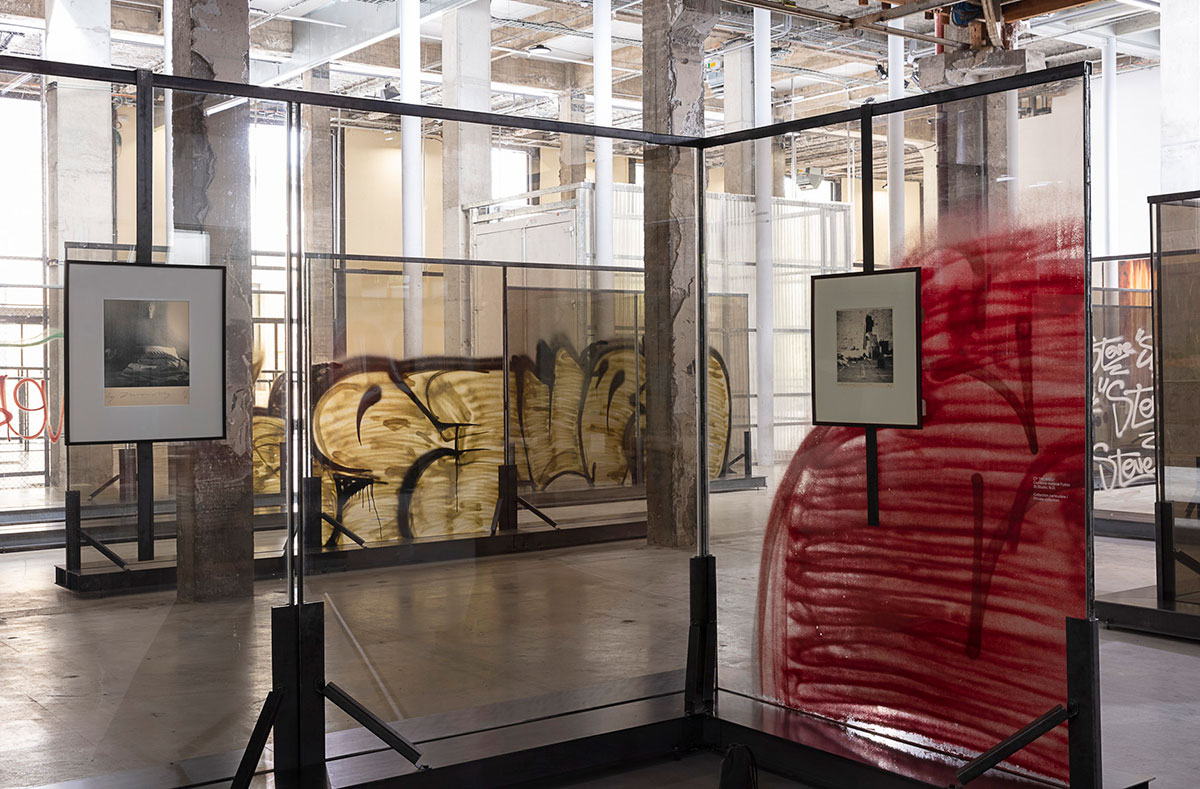
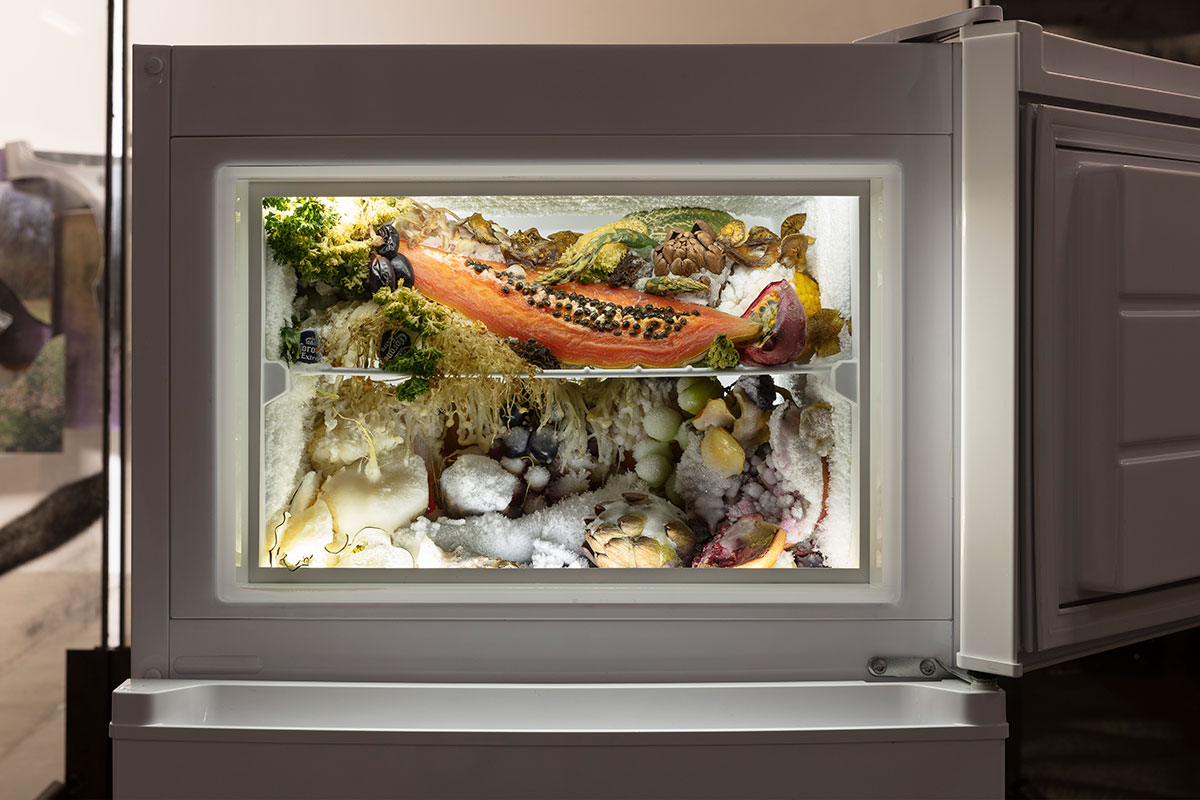
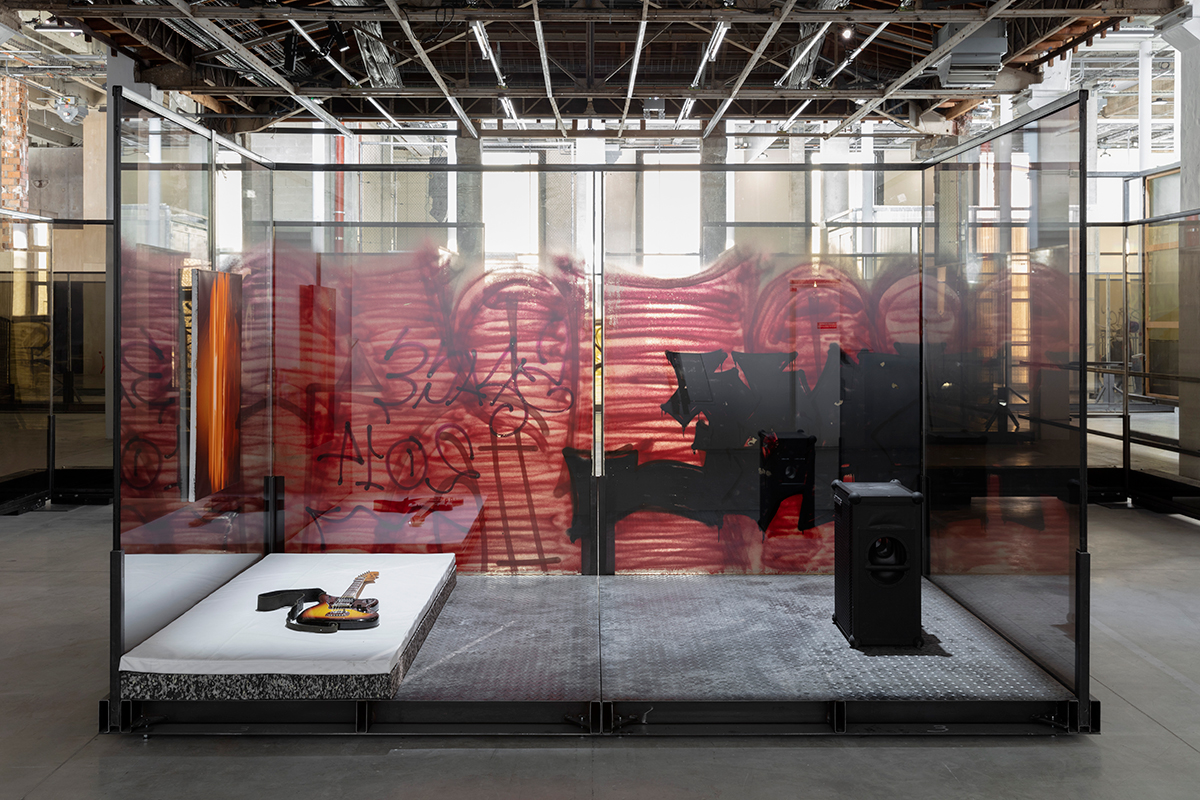
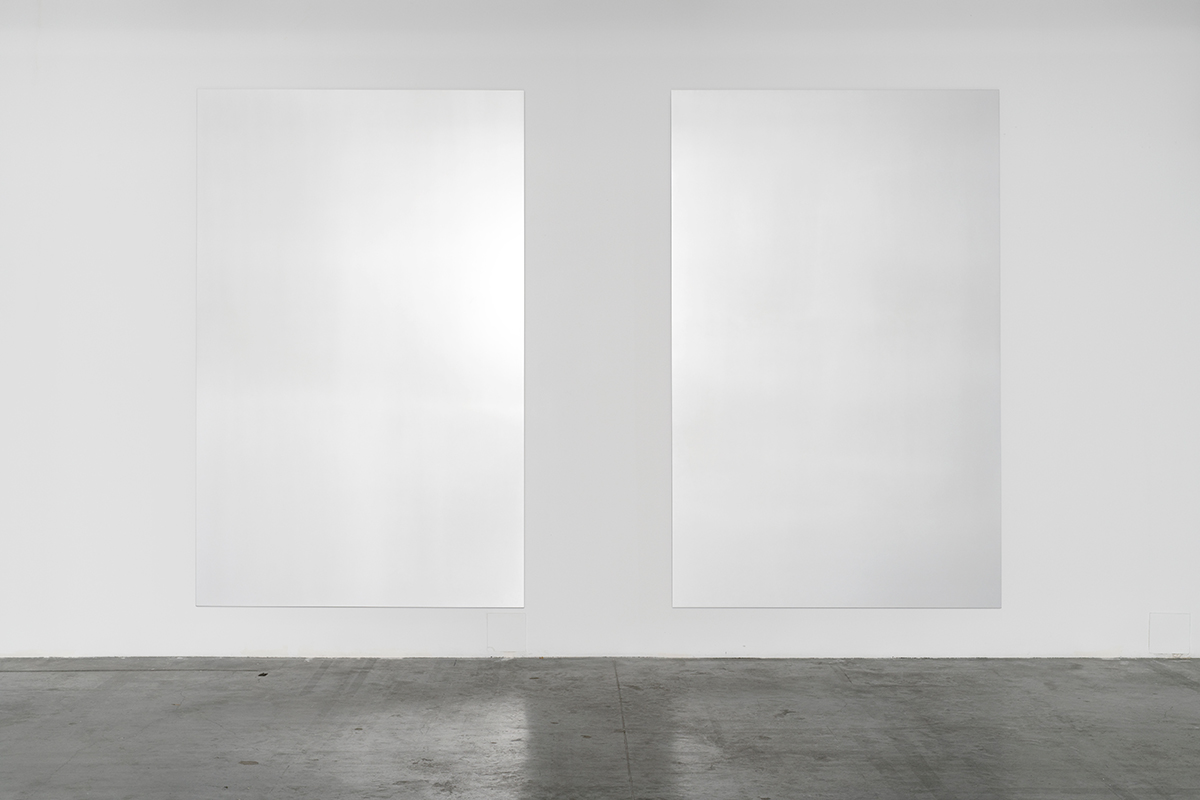
Àdrian Villar Rojas, Untitled (from the series Rinascimento) (2017), sculpture, Photo: Andrea Rossetti, Courtesy of the artists, Galerie Buchholz, Sprüth Magers, kurimanzutto (Mexico City) and Marian Goodman Gallery (New York, Paris, London)
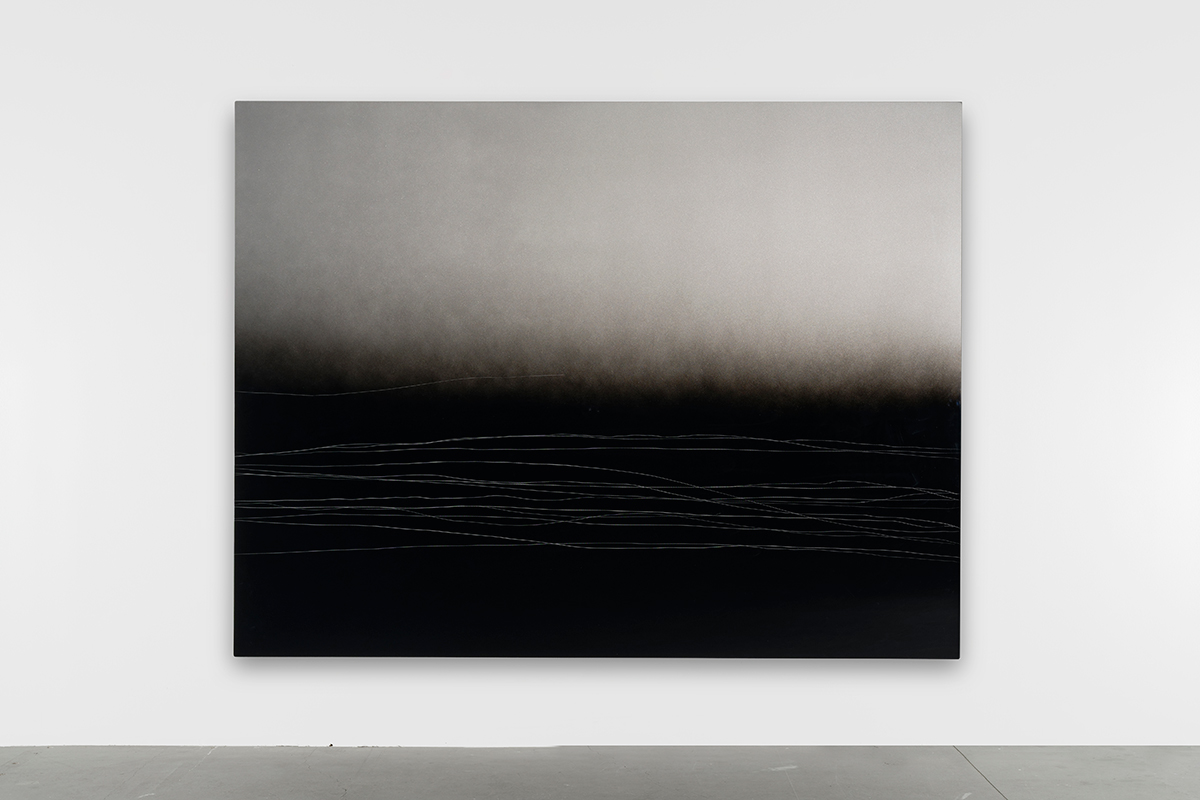
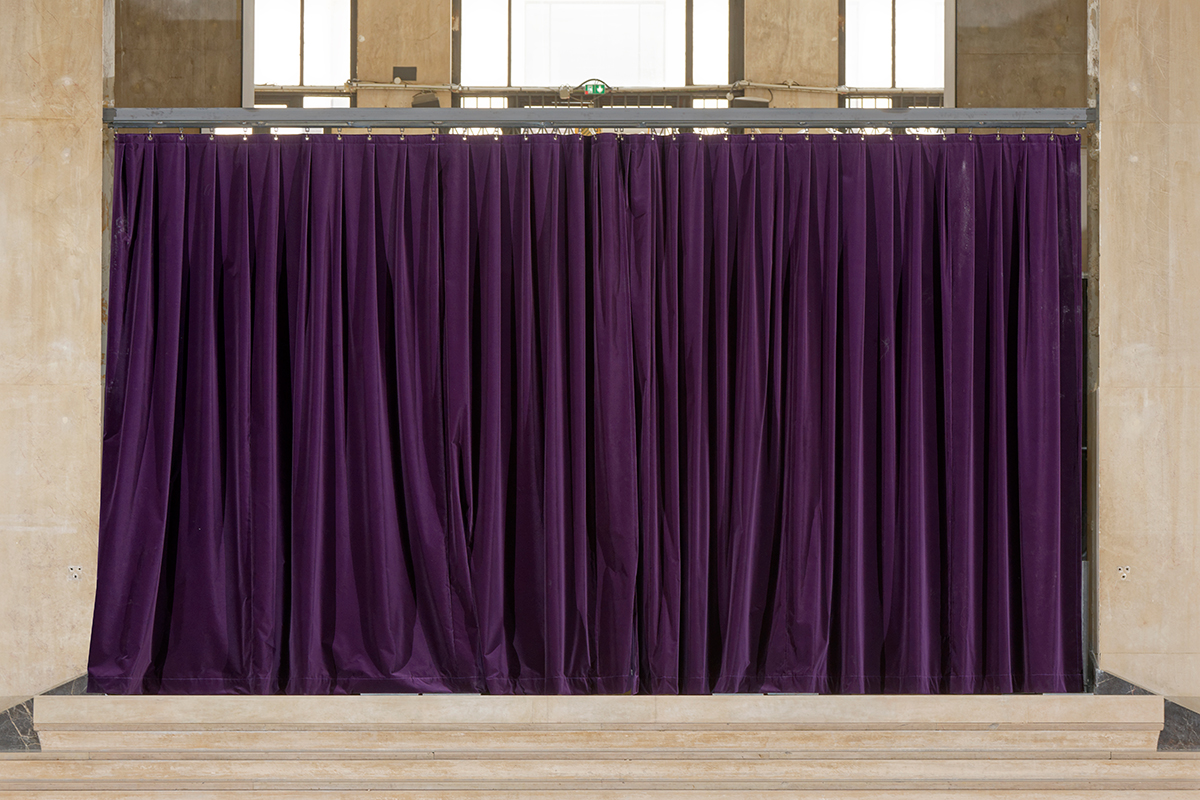
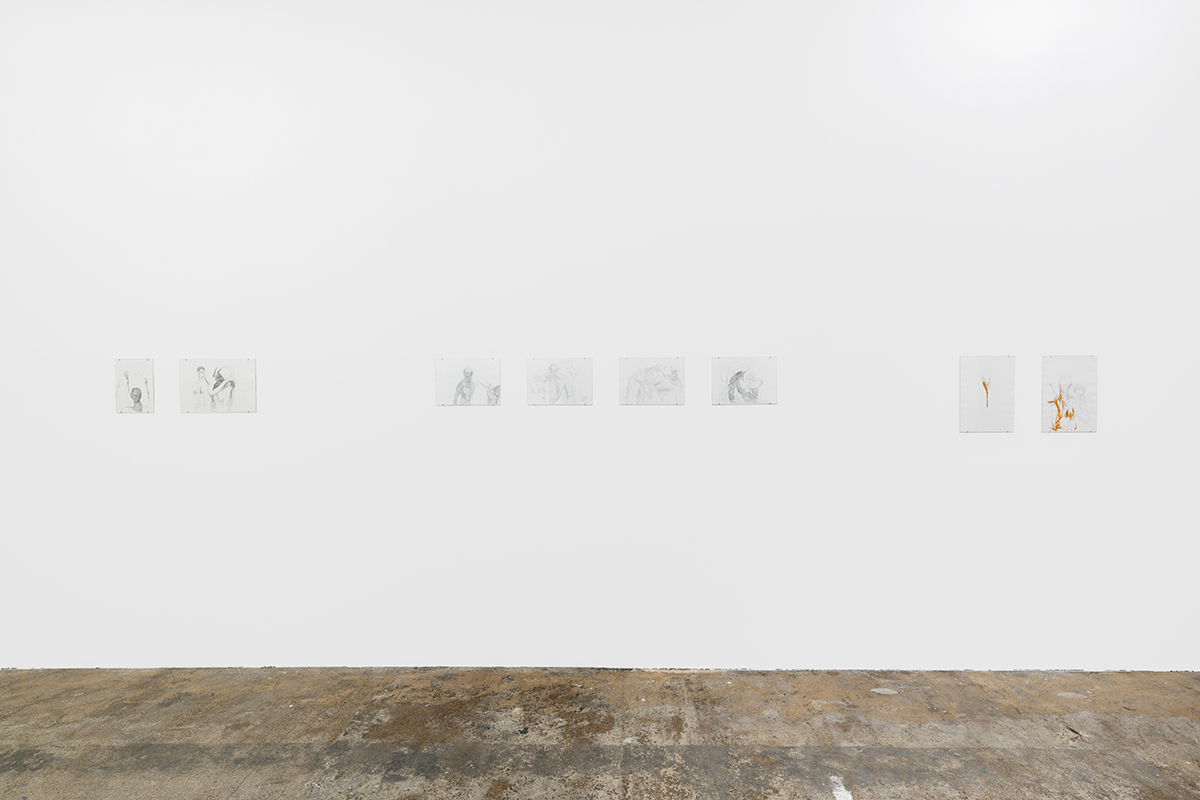
ANNE IMHOF, UNTITLED (2020), Pencil on paper ; 29,7 × 42 cm, Courtesy of the artist and Galerie Buchholz
ANNE IMHOF, UNTITLED (2020), Pencil and felt-tip pen on paper ; 42 × 29,7 cm, Courtesy of the artist and Galerie Buchholz
ANNE IMHOF, UNTITLED (2020), Pencil and felt-tip pen on paper ; 42 × 29,7 cm, Courtesy of the artist and Galerie Buchholz
ANNE IMHOF, UNTITLED (2021), Pencil on paper ; 26 × 36 cm , Courtesy of the artist and Galerie Buchholz
ANNE IMHOF, UNTITLED (2021), Pencil on paper ; 26 × 36 cm, Courtesy of the artist and Galerie Buchholz
ANNE IMHOF, UNTITLED (2021), Pencil on paper ; 26 × 36 cm, Courtesy of the artist and Galerie Buchholz
ANNE IMHOF, UNTITLED (2021), Pencil on paper ; 26 × 36 cm, Courtesy of the artist and Galerie Buchholz
Photo credit : Aurélien Mole

Center : ANNE IMHOF, FIGURE I (2021), Aluminium, acrylic ; 300 × 190 × 4,5 cm, Courtesy of the artist, Galerie Buchholz and Sprüth Magers, Photo credit : Aurélien Mole
Right: ANNE IMHOF, UNTITLED (IMAGINE) (2019), Plate, bronze cast ; 1,5 × 44,5 cm; Helmet ; 25 × 31 × 25 cm, Courtesy of the artist and Galerie Buchholz, Photo credit : Aurélien Mole
